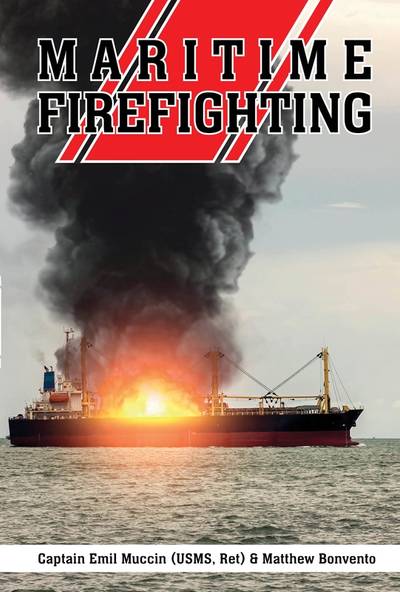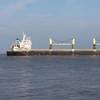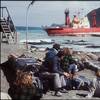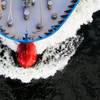On the Bookshelf: Maritime Firefighting
Maritime Firefighting by Captain Emil Muccin, USMS (ret.) and Matthew Bonvento is a comprehensive and modern guide for maritime professionals. It addresses the unique challenges of shipboard firefighting by integrating traditional methods with the latest advancements in equipment and procedures. This book effectively replaces outdated instruction aids by providing up-to-date, actionable knowledge. Using the IMO Model courses of Basic and Advanced Firefighting as a baseline, the authors take a deep dive into subjects that have not been explained in detail in previous books; topics such as firefighting process hazards, modern case studies, and current medicine at sea.
Modern Approach:
Unlike older texts and manuals, this book takes a forward-thinking approach, offering detailed information on cutting-edge firefighting equipment and technologies. The authors stress the importance of understanding contemporary fire risks on vessels, which are becoming increasingly complex with advancements in maritime operations. The focus on updated fire suppression techniques, such as modern foam and gaseous agents, illustrates the evolution from more basic, traditional methods.
Chapter Breakdown:
Each chapter builds on essential firefighting knowledge, starting with the fundamentals of fire behavior in maritime settings and progressing through specific tactics for various vessel types. The sections on firefighting equipment stand out, offering in-depth discussions of modern fire suppression systems and tools, emphasizing their role in improving both efficiency and safety. Chapters dedicated to firefighting in confined spaces and coordination between ship and shore-based firefighting teams bring valuable insights into high-risk, real-world scenarios that reflect today’s challenges and real-world incidents.
Clarity & Practicality:
The writing is clear and accessible, making it suitable for both experienced firefighters and those new to maritime safety. The inclusion of detailed diagrams, procedural checklists, and visual aids enhances the practicality of the content, allowing readers to apply these firefighting strategies directly to their work environments. An important aspect of the textbook is that key terms in bold are defined in a comprehensive Glossary of Terms making it easier for the reader to understand critical concepts. Since this is a technical field, many terms are introduced, and the textbook includes a very thorough Glossary of Abbreviations for easy reference.
Strengths:
One of the book’s greatest strengths is its ability to blend traditional knowledge with modern updates, making it highly relevant for today’s maritime professionals. The focus on modern firefighting technology, such as advanced fire detection systems and updated fire suppression agents, sets it apart from older firefighting textbooks. Additionally, real-world examples and expert insights provide readers with applicable modern skills and knowledge.
Conclusion:
Maritime Firefighting is a must-read for anyone in the maritime industry, especially those in safety or firefighting roles. Its blend of up-to-date information, clear instruction, and practical applications makes it an invaluable resource. It successfully bridges the gap between outdated techniques and the modern approaches needed in today’s ever-evolving maritime safety landscape with less personnel performing more duties.
The books is available on both Barnes and Noble and Amazon. The books is also available directly through the publisher, Schiffer publishing.













